What Does Bcc Mean in Email?
Let's start with the most important question: what is Bcc in email? Well, Bcc stands for "Blind Carbon Copy," and it's a feature that allows you to send emails to multiple recipients without disclosing their email addresses to each other.
The term "Blind Carbon Copy" may sound somewhat archaic in our digital age, but it has historical roots that date back to the era of paper correspondence. The term "carbon copy" referred to the practice of placing a sheet of carbon paper between two sheets of paper, so that whatever was typed on the top sheet would be duplicated onto the bottom sheet.
The "blind" aspect comes in because the recipients listed under Bcc would receive the "carbon copy" without the knowledge of the other recipients. The blind carbon copy feature in email is the digital evolution of this old practice.
Difference Between Bcc and Cc
Bcc isn't the only option you have when sending emails to multiple recipients. There's also its sibling: Cc, which stands for Carbon Copy.
The biggest difference between Bcc and Cc is that the former is all about privacy, while the latter is focused on collaboration. The following summary table explains the differences between them:
| Feature | Bcc (Blind Carbon Copy) | Cc (Carbon Copy) |
|---|---|---|
| Visibility | Only you, the sender, can see the Bcc recipients | All can see who else got the email |
| Privacy Level | High | Low |
| Primary use | Private information sharing | Collaboration |
Bcc is an excellent way to protect privacy and keep email addresses confidential, such as when you want to create a group email in Gmail but don't want the recipients to see each other's email addresses. This way, you maintain the privacy of each individual while efficiently sending out mass communication.
Another major benefit of the blind carbon copy is that it can help avoid never-ending reply-all email threads. By placing recipients in the Bcc field, you ensure that when someone hits "reply-all," the response goes back only to the original sender and not to everyone on the list.
However, it's important to use the private copy mindfully because misuse can lead to ethical issues or unintended consequences. For instance, using Bcc without a recipient's knowledge might give the impression that a conversation is more private than it actually is, creating a potential breach of trust.
BCC Etiquette
There are several critically important rules of blind carbon copying that you need to remember to ensure you're using this feature both effectively and ethically:
- Be transparent with your recipients: If someone needs to know they've been Bcc'd, or if it's crucial for the primary recipients to be aware, don't keep it a secret. Transparency can go a long way in preserving trust.
- Don't Bcc without a good reason: The ability to include someone in an email conversation without others knowing can be incredibly useful in certain situations. However, it's crucial to exercise this option only when absolutely necessary.
- Know when to Cc and when to Bcc: Sometimes a situation calls for collaboration and open communication (Cc), while at other times, you need to protect the privacy of individuals involved (Bcc). Recognize the difference and act accordingly.
Every tool in the world can be misused, and blind carbon copy is no different. By keeping in mind the three straightforward rules described above, you not only maintain a level of professionalism but also ensure that nothing will backfire on you and damage your credibility or relationships.
Practical Tips and Tricks
Before we explain how to use Bcc in major mail providers so that you can, for example, create a group email in Outlook, let's go over some crucial best practices that will help you become a Bcc power user:
- Understanding what Bcc does and how Bcc works can help you use the feature effectively for tasks like sending an email without showing recipients.
- Always double-check to ensure you've entered the right email addresses in the Bcc field.
- Exercise caution before hitting that "Reply" button because it can expose your message to others.
- When regularly using the email private copy option, it's easy for your inbox to become cluttered and disorganized. Fortunately, efficient inbox organization tools do exist, and we describe one such tool later in this article.
- Before you fully transition to a new email client, send a few test emails to understand how its blind cc feature works.
Of course, no amount of studying blind carbon copy email tips and tricks can replace real-world experience. The more you use Bcc, the better you'll get at navigating its nuances and potential pitfalls. So, go ahead and put these practical insights and the step-by-step instructions provided in the next section to the test in your everyday email communications.
Good to know: The Bcc option isn't designed to protect your identity. There are other ways to send an anonymous email.
How to Use Bcc in Major Providers: Gmal, Yahoo, and Outlook
The Bcc email meaning has finally sunk in, and you understand the difference between Bcc and Cc. But how do you actually put this knowledge to use? That's exactly what this section is all about.
How to Use Bcc in Gmail
Using Bcc in Gmail is something anyone can master with just a few simple steps regardless of whether you're accessing Gmail via web or its mobile app for Android and iOS.
Web
- Log in to your Gmail account.
- Click the Compose button to create a new message.
- Click the Bcc button on the right side of the To field.
- Enter the email addresses you'd like to Bcc in the new field that appears. Separate multiple email addresses with commas.
- Write your message as usual—subject, body text, and all.
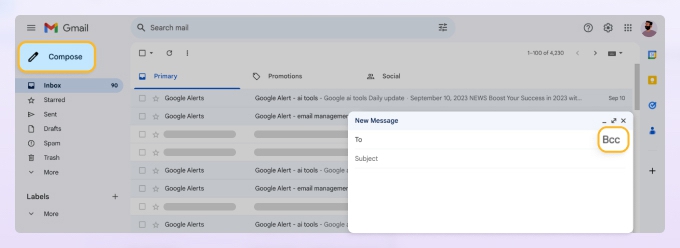
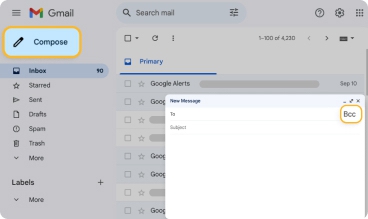
Mobile
- Launch the Gmail app on your mobile device.
- Tap the Compose button to create a new message.
- Tap the small arrow on the right side of the To field.
- Select the Bcc field and enter the desired email address.
- Finish writing the message.
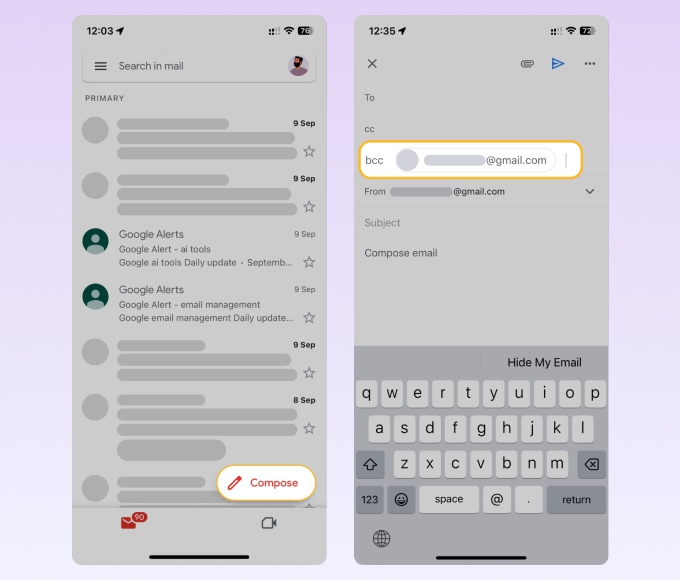
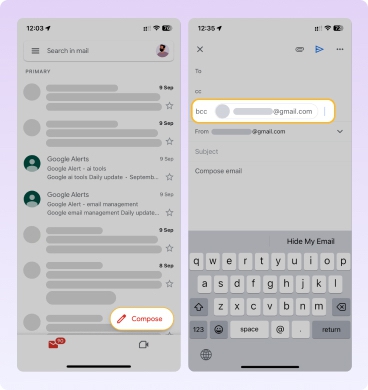
How to Use Bcc in Yahoo
While not as popular as Gmail, Yahoo is still the email service of choice for many, so it's good news that using the Bcc feature in Yahoo is as straightforward as it gets.
Web
- Sign in to your Yahoo Mail account.
- Hit the Compose button to start a new message.
- Locate the Bcc link right next to the To field and click it.
- Type in the email addresses, separated by commas.
- Click Send, and you've successfully used Bcc in Yahoo Mail!
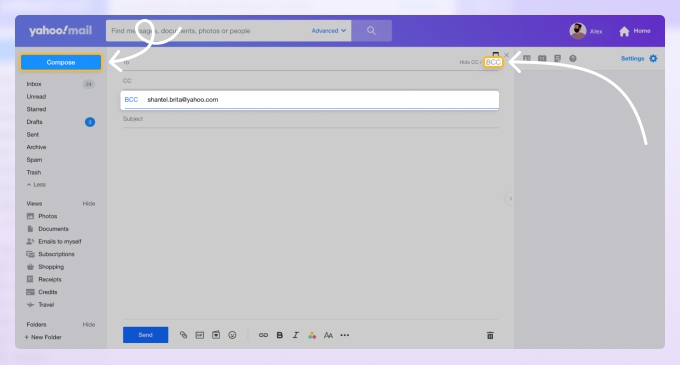
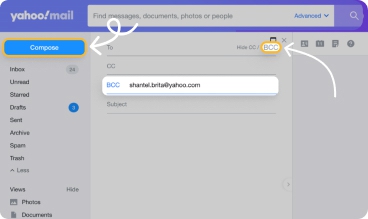
Mobile
- Open the Yahoo Mail app.
- Tap the Compose icon to create a new message.
- Tap the To field description (there should be a small arrow next to it).
- Select the Bcc line in the email recipient section and type in one or more addresses.
- Once you're ready, tap the Send button.
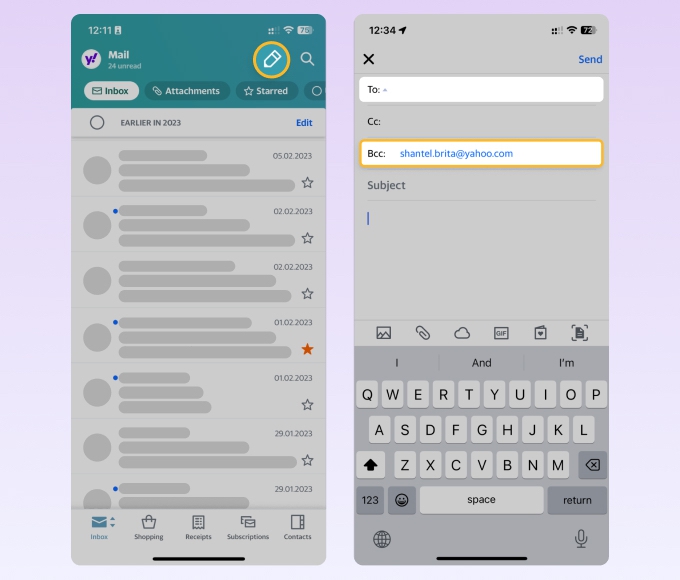
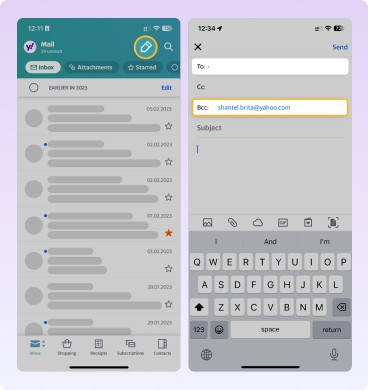
How to Use Bcc in Outlook
Whether you're at work or managing your personal emails, Outlook remains a go-to choice for email communication. So, understanding how to use Bcc in Outlook is crucial for keeping your email game strong.
Web
- Log in to your Outlook.com inbox.
- Click the New mail button.
- Click the Bcc option on the right side of the To field.
- Type the email addresses you want to include in the Bcc field that appears.
- Compose your message and send it.
Desktop
- Launch Microsoft Outlook on your computer.
- Click the New Message or New Mail button, depending on if you're using macOS or Windows.
- Click the Bcc option on the right side of the To field.
- Type in the email addresses you'd like to Bcc.
- Click the Send button to deliver the message.
Mobile
- Launch the Outlook app on your mobile device.
- Tap the New Email button in the bottom-right corner.
- Tap the arrow on the right side of the To field.
- Enter the email addresses in the Bcc field that appears.
- Complete the subject and body of your message and send it to all recipients.
Optimize Email Management With Clean Email
You now understand the Bcc meaning, know when you should and shouldn't use the feature, and have been provided with easy-to-follow instructions on how to send an email without showing recipients.
The problem is that the more emails you send, the more you'll receive, and managing a growing inbox can become overwhelming. That's where Clean Email comes into play. This versatile tool is packed with many useful features that can simplify and even automate the tedious tasks that come with maintaining an organized mailbox:
- Cleaning Suggestions: Actionable recommendations based on previous messages you've cleaned, or on frequently-cleaned messages by other users.
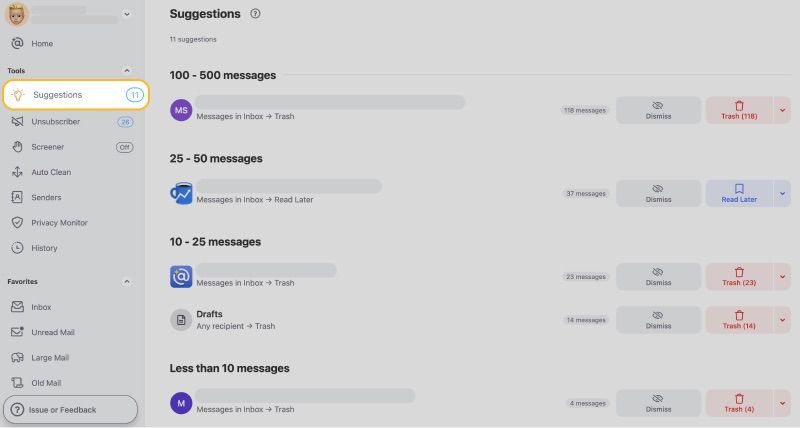
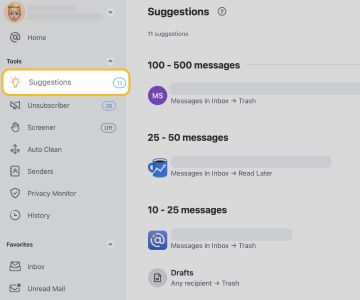
- Auto Clean: Create custom rules for your emails to automatically handle various senders or types of messages.
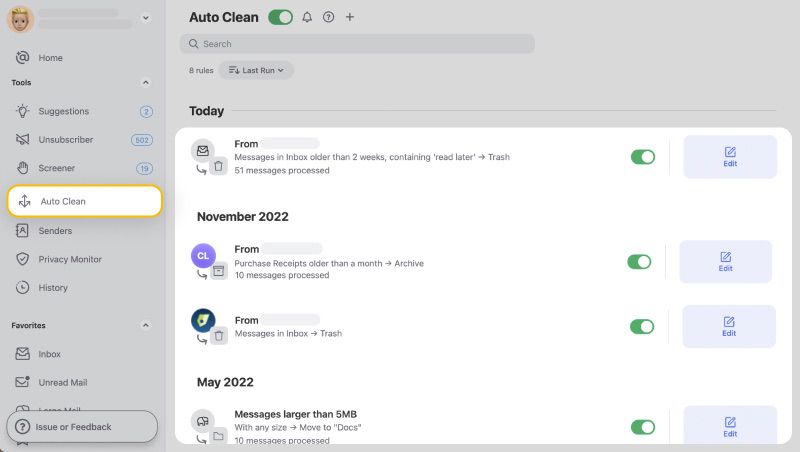

- Unsubscriber: Easily eliminate unwanted subscriptions with just a click—even those that deliberately don't provide an unsubscribe option.

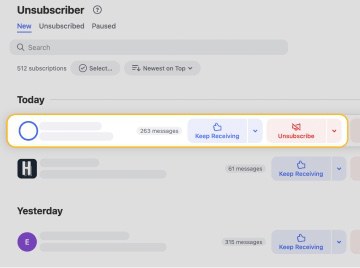
- Smart Folders: These predefined filters sort your messages for you, helping you prioritize and locate emails quickly and efficiently.
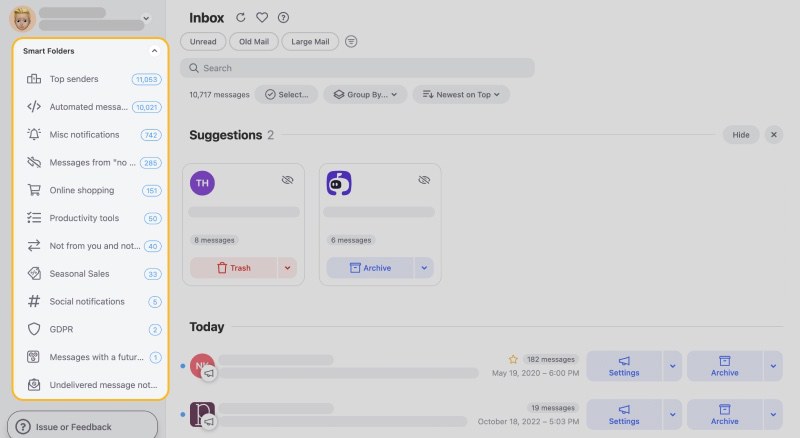
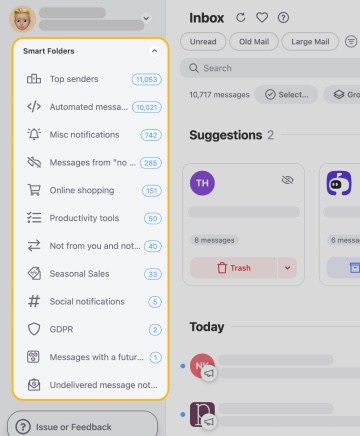
All these features are available also on mobile devices thanks to the Clean Email mobile app, making it super convenient to manage your emails on-the-go. And because Clean Email's privacy policy and terms of service put users first, you can rest assured that your data is handled with the utmost care and confidentiality.


